Renting a car in Japan
- Eka Wong
- Dec 28, 2023
- 11 min read
Hitting the Road in Japan: Navigating Car Rentals in the Land of the Rising Sun
Japan's allure goes beyond neon-lit metropolises and serene temples. Its diverse landscapes, from snow-capped mountains to idyllic coastlines, beckon adventurous travelers. While trains are a fantastic way to get around, renting a car unlocks a whole new level of freedom and flexibility. But before you rev up your engines, there are a few things to know about navigating car rentals in Japan.
Index - use this to jump to sections quickly
Gearing Up for the Journey:
International Driver's Permit (IDP): This is mandatory for those who do not hold a Japanese driving licence. Obtain an IDP from your local automobile association before you travel. Ensure that it is valid for the entire duration of your car rental. In Singapore, one can purchase the IDP from Automobile Association of Singapore. You can either apply in person and pick it up same day, or apply online and have it delivered to you several days later. The Japanese car rental office will need to see your passport and IDP when you pick up the car. Some may request to see your driving licence.
Renting with Confidence:
Booking Ahead: Especially during peak seasons, reservations are highly recommended. Several reputable Japanese rental companies like Toyota Rent-a-Car, Nissan Rent-a-Car, and Times Car Rental cater to English-speaking customers. You can also find deals on international booking platforms. Some car rental companies only release slots a few months prior to the pick-up date.
These are the websites of the various car rental companies in Japan.
Toyota Rent-a-car: https://rent.toyota.co.jp/eng/
Nissan Rent-a-car: https://nissan-rentacar.com/en Times Car Rental: https://www.timescar-rental.com/en/
ToCoo Car rental: https://www2.tocoo.jp/en/
Personally I prefer to book direct from the rental car company than to book from a 3rd party website.
When I pick up the car, I always register all my drivers with the car rental agency.
Car Options: Choose from a variety of vehicles, from fuel-efficient cars perfect for city zipping to spacious vans for family adventures. Consider your itinerary and passenger count when making your selection. Toyota Rent-a-car has a wide range of cars, from the mini/compact ones to minivans and SUVs. For our family of 5, including a baby who needs a baby seat, we typically rent their Sienta, though it is a slightly tight squeeze for all, including the luggage. We've mastered the art of efficient luggage logistics.
Pick-up and Drop-off: Rental offices are conveniently located in major cities and airports. Familiarize yourself with the return procedures and fuel policies. Some car rental agencies such as Toyota Rent-a-car would allow you to pick up the car from one location and return it at another. In Toyota Rent-a-car, they term this as 'One Way System'. The One-Way System may not be available for some car models and shops. It is also not available when travelling between Hokkaido and Honshu, Shikoku or Kyushu; and between Okinawa and other prefectures. If the distance between the two shops are large, then there would be a One-Way fee. The further the distance, the larger the One-Way fee. You can check out their One-Way simulation website.
Baby seats: If you're travelling with a child, do ensure that you rent the appropriate child seat. By law, if your child is under 6 years old, using a car seat is mandatory in Japan. It's not just a recommendation, but a safety regulation. Toyota Rent-a-car charges ¥550 per 72 hours. Nissan charges ¥550 for rental.
Winter Tires: Winter tires are crucial for safe driving in Japan during the snowy months, especially outside major cities. Regular tires in snowy conditions are dangerous. They lack traction on ice and snow, increasing the risk of accidents.
When would one need to rent winter tires? It depends on your travel dates and destinations.
Hokkaido and Tohoku regions: Mandatory from November to April.
Mountain areas: Highly recommended from December to March.
Other areas: Check the specific weather conditions and snowfall forecasts for your travel dates.
It is best to rent them ahead of time. Some places do not allow you to reserve them on the day of your vehicle pick up. The winter tires are typically studless. Some people may get studded tires which are legal in some areas with heavy snowfall, but illegal on most expressways due to road damage.
4WD: Renting a 4WD car in Japan comes with a few benefits, but it's not always the most budget-friendly or necessary option. Here are some key scenarios where renting a 4WD car in Japan might be the best choice for your trip:
Exploring Remote Mountain Regions and National Parks, such as Hakuba in Nagano, Kamikochi in Nagano, or Shiretoko National Park in Hokkaido. These areas often have unpaved roads, steep inclines, and unpredictable weather conditions, especially during winter and spring. A 4WD's extra traction and power will provide added safety and confidence on these challenging terrains.
Driving During Snowy or Rainy Seasons: December to March in Hokkaido and Tohoku regions, or July and August in mountainous areas prone to heavy rain. The increased grip and stability of a 4WD can be invaluable on snow-covered roads or muddy paths, reducing the risk of slipping or getting stuck.
Planning Off-Road Adventures: With its higher ground clearance and off-road capabilities, a 4WD can handle rough terrain and navigate obstacles with ease, making your off-road adventures more enjoyable and accessible.
Traveling with Larger Groups or Heavy Luggage: Larger 4WD vehicles offer more spacious interiors and cargo capacity, comfortably accommodating passengers and their belongings without sacrificing comfort or driving performance.
Drive recorder also known as dash cam: Nissan offers a drive recorder for rental. It is a device that records what's in front of the vehicle and inside the cabin. It can record 140 degrees in front of the driver and can also record incidents when the car is off. The device has a motion sensor that can turn on the interior camera in case of a break-in.
ETC card: An ETC card in Japan stands for Electronic Toll Collection card. It's a small plastic card with an embedded chip that allows you to pay tolls on expressways automatically. One would typically rent an ETC card from car rental companies if they are planning to drive on expressways. At the store, they'll insert the ETC card into the reader. In some cars, it'll announce that the ETC card is left in the reader when the car has just been shut down.
The rental company would typically charge once per rental. Toyota rent-a-car and Nissan Rent-a-car charges ¥330.
How it works?
Drive through ETC lanes: Look for lanes marked "ETC" at toll plazas. Drive through these lanes at a moderate speed (usually around 20 km/h).
Automatic payment: The ETC device wirelessly communicates with the tollbooth antenna, and the toll fee is automatically deducted from your linked bank account or credit card. You'll usually hear a beep or see a light on the device to confirm the transaction. The barrier will then open. There is no need to stop at the gate to pay the toll. As you drive through slowly the tollbooth while exiting the expressway, you'll see the toll amount displayed at the side.
Benefits of using an ETC card are:
Convenience: No need to stop and pay at toll booths, saving you time and hassle.
Discounts: Some ETC cards offer discounts on tolls, especially during certain times of day or on specific expressways.
Efficiency: ETC lanes are generally faster than regular toll lanes, reducing traffic congestion.
Insurance: Opt for comprehensive insurance for peace of mind. Be aware of any excess fees and exclusions.
When renting a car in Japan, understanding the different insurance plans is crucial for a smooth and stress-free experience. Here's a breakdown of the key points:
Basic Insurance (Included):
All rental companies in Japan include mandatory basic insurance covering third-party liability for bodily injury and property damage.
Coverage limits vary, typically ranging from ¥10-30 million for bodily injury and ¥2-5 million for property damage.
Note: This basic insurance doesn't cover damage to the rented vehicle itself.
Optional Insurance Plans:
Exclusion of liability compensation insurance: the insurance would exempt you from paying the deductible amount in case of damage to the rental car or third-party property in an accident. Most rental companies in Japan have some form of basic insurance that covers third-party liability for bodily injury and property damage, but it typically comes with a deductible. This deductible can be anywhere from ¥50,000 to ¥150,000 depending on the company and car type. Purchasing "exclusion of liability compensation insurance" would mean you wouldn't have to pay this deductible if you cause damage in an accident.
Exemption from Non-Operation Charge (NOC) payment: When you're exempted from the Non-Operation Charge (NOC) for your car rental in Japan, it means you won't be financially responsible for the rental fees incurred while the car is unavailable due to damage caused by your actions. One example would be: Imagine you accidentally bump into a curb while driving your rental car, causing damage that requires repairs. If your rental agreement doesn't include NOC exemption, you might be charged for the period the car is out of service due to those repairs. This charge covers the lost revenue for the rental company while the car is unavailable for other customers. With NOC exemption, you're spared the financial burden of paying for the car rental period even while it's undergoing repairs due to your actions. This can be a significant cost saver, especially for extended rentals or if the repairs take longer than expected.
Collision Damage Waiver (CDW): This is the most important optional insurance, covering damage to the rented vehicle in case of accidents, theft, or fire. Different CDW options (with or without deductibles) might be available.
Personal Accident Insurance: Provides coverage for medical expenses and disability for the driver and passengers in case of an accident.
Towing and Roadside Assistance: Covers towing in case of breakdowns or accidents.
Things to Consider when Choosing Insurance:
Your Risk Tolerance: If you're not comfortable with a financial risk, opt for comprehensive coverage with CDW and NOC waivers.
Rental Period: Longer rentals might justify getting extra protection like NOC coverage.
Driving Experience: If you're new to driving in Japan, consider additional insurance for peace of mind.
Budget: Compare the cost of different insurance options against your risk tolerance and rental period.
Instances where your insurance/compensation system will not cover you:
Accident was not reported to the police.
Accidents occurred when someone other than the applicant is driving.
Accidents occurring while driving without a driver's license or driving under the influence of alcohol.
Accident occuring while driving during an extended period of rental without permission.
Violation of other items listed in the rental agreement.
Hitting the Open Road:
Navigation: Get a GPS device or rent one with the car. Some rental companies offer English-language options. Many smartphones function as GPS devices in Japan with roaming enabled or downloaded offline maps.
Personally, I use the Google Maps on my phone as my main GPS device. I bring own my phone holder to Japan.
Etiquette: Be a courteous driver. Yield to pedestrians, avoid honking, and park only in designated areas. Drivers typically thank each other by flashing the hazard lights twice.
Know the road:
Road Rules to keep in mind: (this list is not exhaustive, and assumes that you already know how to drive!)
Japanese law requires drivers to be over 18 years old to drive a vehicle in Japan.
Do not forget to bring and keep your local driver’s license and passport all the time you drive in Japan.
Buckle up for driving on the left side of the road!
Traffic lights are typically placed above intersections. Occasionally you may see a blue in place of a green light.
No turning allowed at red lights.
In Japan, vehicles turning left get the right-of-way. If you are turning right, the oncoming vehicle has the right-of-way. Wait until the oncoming vehicle has gone straight or turned left before you turn right. Pedestrians always have the right-of-way, whether you are turning left or right, so pay adequate attention to pedestrians when turning.
Be aware of no-passing zones: Passing is forbidden in zones with a yellow center line. Wait until you have gone through the no-passing zone and are able to pass in a safe manner.
Be prepared for roundabouts and narrow mountain roads.
It's a violation to drink and drive.
Talking on a cell phone while driving is strictly forbidden: There are penalties for talking on a handheld cell phone while driving and for focusing on a screen to send or receive text messages.
Road network in some cities can be complex, such as Tokyo.
There are many narrow roads without center lines but it’s still both ways if there is no “one-way” sign. When encountering that kind of narrow road, you need to slow down to prepare for oncoming traffic. In the case of a narrow mountain road or a road facing a cliff, the car on the uphill side has the right-of-way. In the case of a road along with a cliff, the car that does not face the cliff has a right-of-way.
In certain rural areas, if your traffic light is red, you may need to pop out of your car to press a button on the traffic light post so that it will turn green in your favour.
Always stop at railway crossings: Be sure to stop in front of the crossing, and look both ways to ensure there is no train coming, as well as at the road in front of you to confirm that you can cross the tracks safely.
Call 110 for the police, 119 for ambulance and fire assistance.
Road signs:
Full list of road signs in Japan: Click here.
What to do in a traffic accident:
First move your vehicle to a safe place out of the way of other traffic, and turn off the engine, to prevent the occurrence of secondary accidents.
If anyone is injured, call 119 first and give whatever first aid you can to the injured person until an ambulance arrives.
You must call the police (110) without fail and report the accident, providing information about the location of the accident, number of injured persons (if any), and degree of damage, and follow the police officer’s instructions.
If you cannot call the police or an ambulance for yourself, ask someone around you to do so. If you leave the scene of an accident, you might be deemed to have committed a hit-and-run offence.
Parking:
How to use a coin-operated parking lot
Entering the parking lot:
Park in an open parking space
After a certain period of time, a locking plate will rise. This plate will prevent your car leaving the lot. You need not pay now. Payment is done when you return to your car.
Leaving the parking lot:
Refueling:
Gas stations: Most of the stations are self-serve, though there are a handful that have attendants.
Self-service filling stations have easy-to-see signs at their entrance displaying in Japanese “セルフ” or “セルフサービス”
Before refueling:
When entering the self-service filling station, look at the sign to confirm that the fuel pump is for self-serve use and pull up to the pump so that it is easy to refuel, taking care not to hit any equipment.
Put your car into park and turn off the ignition.
Unlock the door to the gas tank using the switch in your car. That may be near your gas pedal.
Be sure to close the windows and doors when leaving the vehicle.
Ensure that you know which is the proper type of fuel you should pump into the car. Be sure that you refuel with the right type of fuel otherwise it will break down and be unable to move.
Typically, Red = Regular, Yellow = Premium, and Green = Diesel.
Be sure to touch the anti-static mat to remove any static that may have accumulated on your body before opening the fuel cap.
At the self service pump, they will first ask you to select your payment method, either credit cards or cash. If cash, it would require you to put in a deposit. I normally feed it a ¥5000 or ¥10000 note. Select your type of fuel. Refuel. Refueling automatically stops when the selected amount of fuel or monetary amount is reached. After which, you pump your petrol to your desired end-point such as full tank (満タン). You'll then get a receipt. You need to visit a separate machine to get your change by scanning the bar code on that receipt.
At full service stations, there are attendants who would assist you. Stop the car with the car's fuel filler opening next to the pump, and turn off the engine. Instruct the attendant on the fuel type, and the amount you would like to refuel, either in yen or in volume. After they refuel, they'll take the payment from you, and return your change. Throughout the process, you need not leave your car.
If you're going to return your car, ensure that you return the car with a full tank, otherwise charges will be applied according to each rental car service location, depending on the distance you have travelled. The car rental service office may request to see the refueling receipt.
With a little preparation and these tips in mind, renting a car in Japan can be a rewarding experience. So buckle up, hit the gas, and get ready to discover the magic of Japan at your own pace!
Bonus Tips:
Learn some basic Japanese phrases for essential driving situations.
Pack a portable phone charger for keeping your navigation device going.
Research local traffic regulations and potential road closures before your trip.
Images courtesy of Toyota Rent-a-car


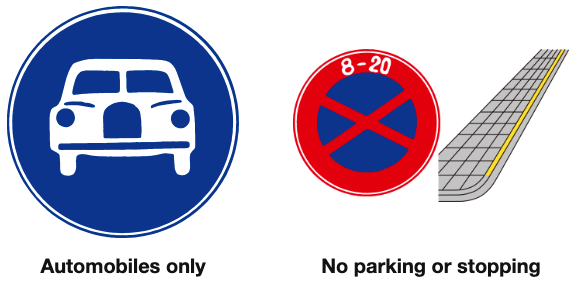

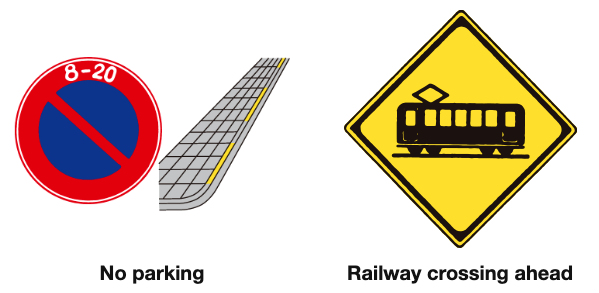

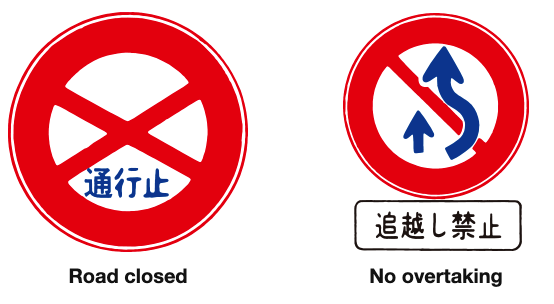

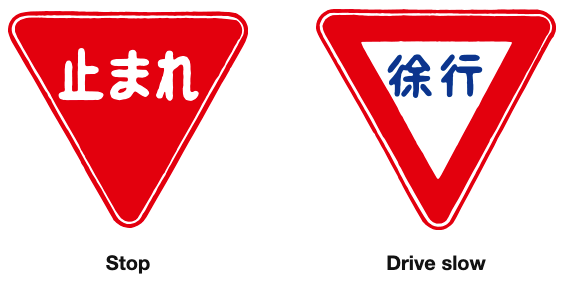

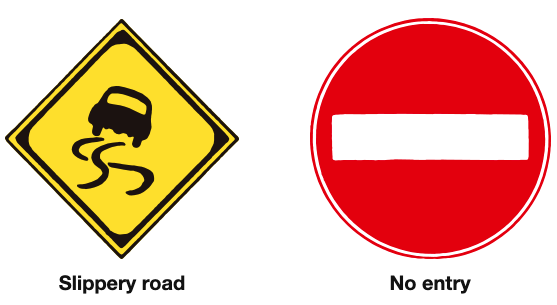

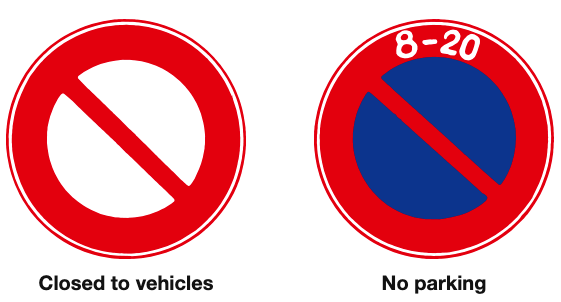

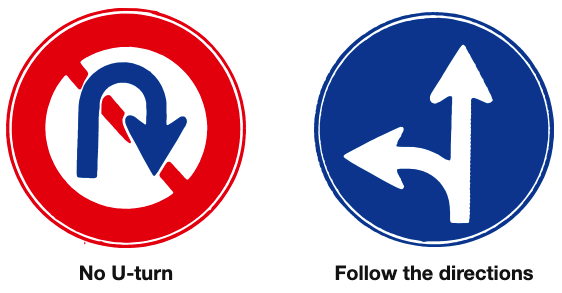

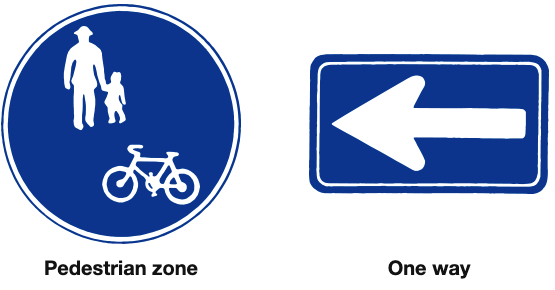

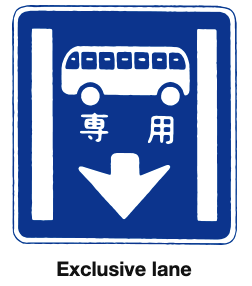



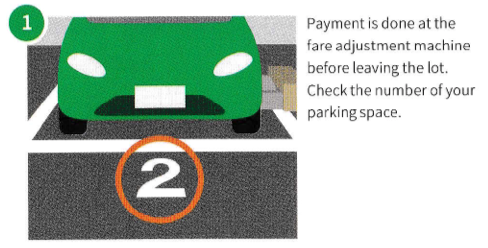

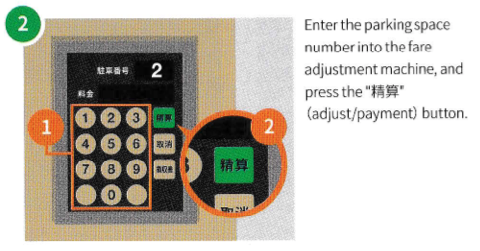
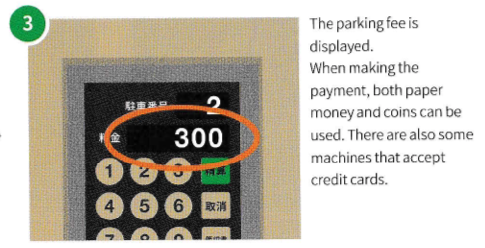
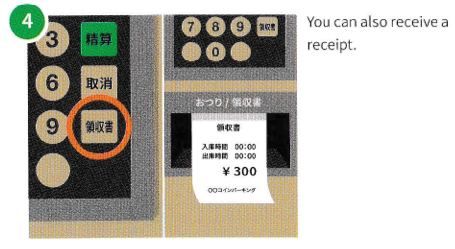
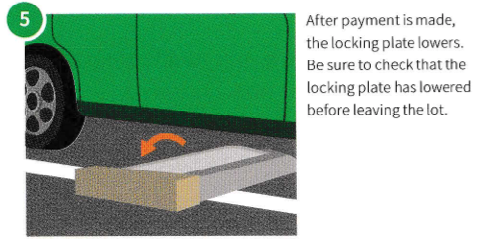




Comments